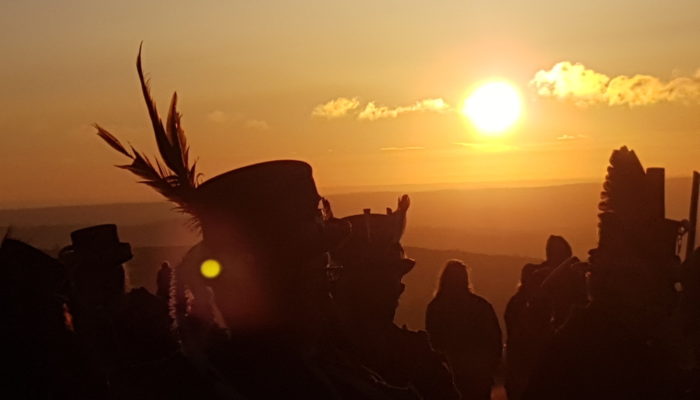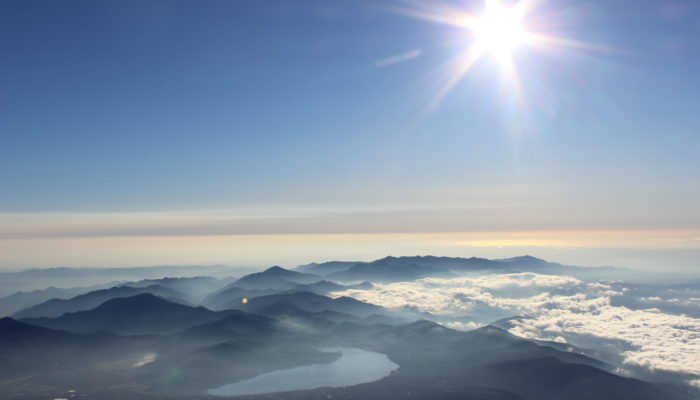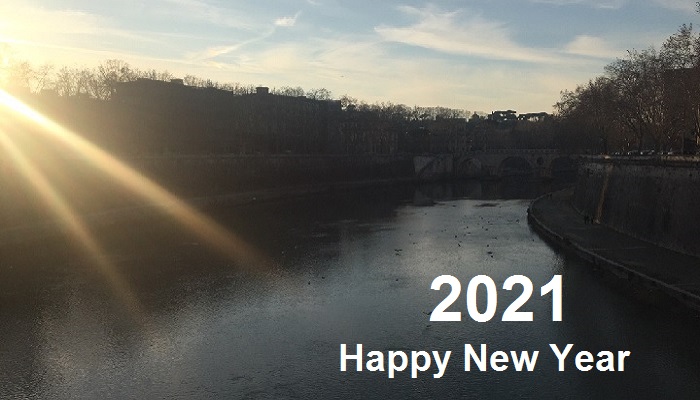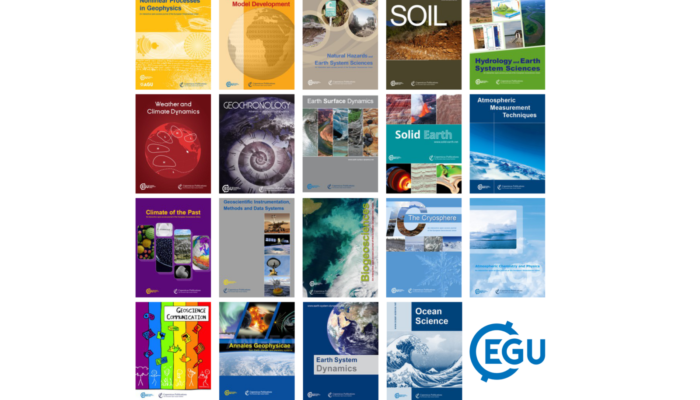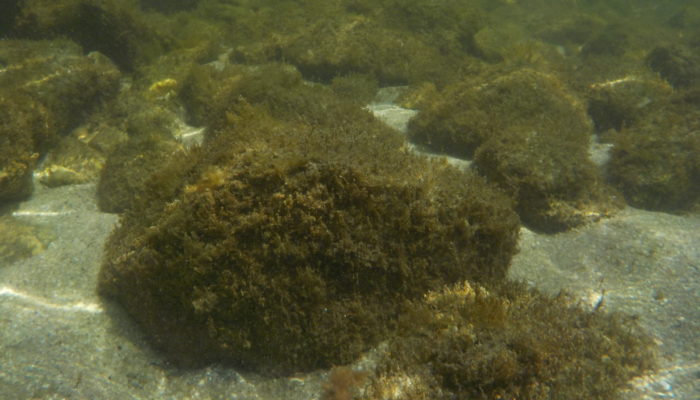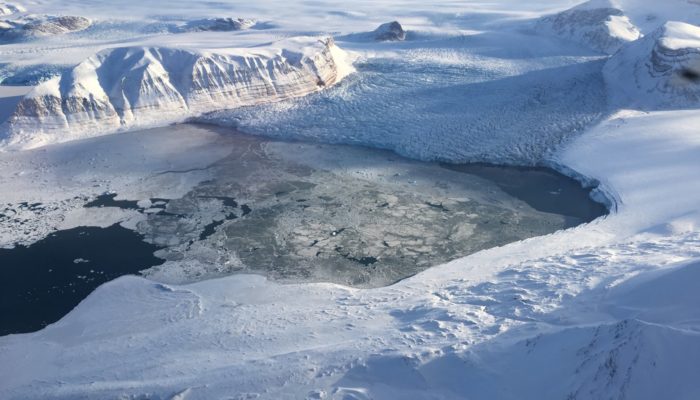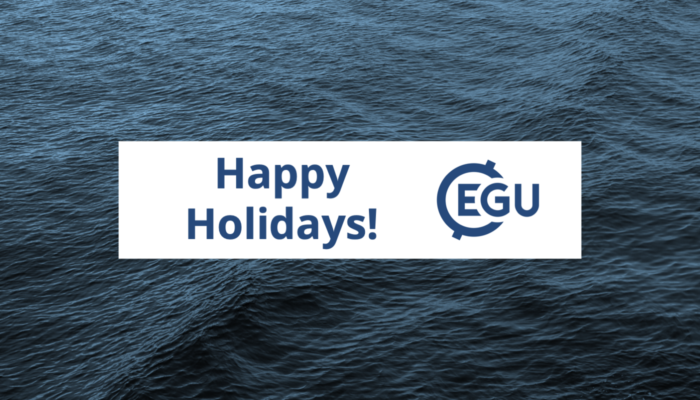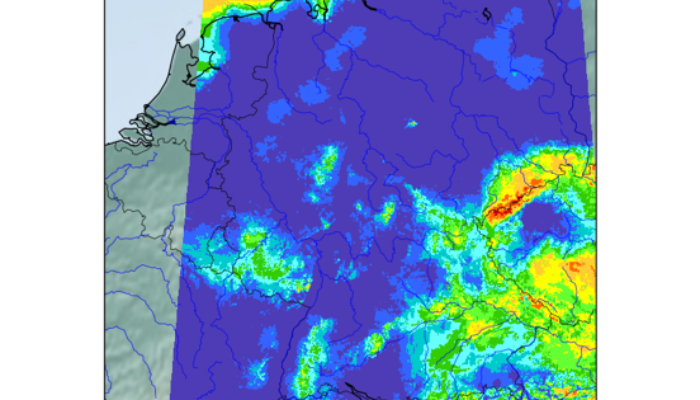The deadline for vEGU21 abstract submission is coming closer – over the course of the next two weeks, we highlight sessions across the five BG themes, starting with General Biogeosciences sessions focused on social geosciences, community and earth resilience, health and urban systems and geoscience knowledge transfer to policy and society. With Social Geosciences: A New Paradigm to Character ...[Read More]
GeoLog
Top 5 GeoLog posts of 2020!
Happy New Year!! 2020 has been a pretty relentless and turbulent year – and a lot has happened. Here at EGU headquarters (currently spread across our staff’s several homes) we all know how much we owe to you, our members, followers and friends, this year, through all the highs and the lows. We honestly could not have made it through without our wonderful community – and yo ...[Read More]
Hydrological Sciences
2020 Recap of the HS Blog
It may seem strange to stop and look back on 2020. What a complicated year it was! We may however enjoy talking about good things that also happened this year. There may be many things we wish we coud have done (or done differently). We all missed our annual GA in Vienna, and learned how to chat and move on with communicating our research within the new concept of online meeting offered by the SGO ...[Read More]
GeoLog
The most-read EGU journal articles in 2020!
This year EGU published more than 3,300 peer-reviewed articles in our 19 Open Access journals. Upon learning about this impressive number of articles, which equates to just over 61,000 journal pages, we wondered: which of these were the most popular? You can find out in the following list of the most-read article for each EGU journal. From the substructure of extremely hot summers and the potentia ...[Read More]
Biogeosciences
At the heart of biogeochemistry: pH change interpretation & open peer-review
The utility of logarithmic scales is nothing new to scientists – yet, sound interpretation of pH changes when comparing settings with different initial pH can be challenging. This blogpost highlights a manuscript by Fassbender et al. [1] that was recently submitted to the journal BG and is currently under open peer review. The pH scale was first published by Søren Peter Lauritz Sørensen in 1909 [2 ...[Read More]
GeoLog
Imaggeo On Monday: Konsfjorden and Kronebreen glacier
Taken shortly after our departure from Ny-Ålesund after our first “Lost Meteorites” field trial in Greenland testing new equipment that can be used to discover ‘missing’ iron meteorites in Antarctica, the return flight gave incredible views of the surrounding landscape. This photo was taken looking down to the icy waters of Kongsfjorden on the west coast of Svalbard and the ...[Read More]
Tectonics and Structural Geology
TS Must-Read – Sibson (1977) Fault Rocks and Fault Mechanism
The paper “Fault Rocks and Fault Mechanisms” by R. H. Sibson (1977), was one of the first studies that established major connections between the rocks that form in faults, and their conditions and mechanics during formation at crustal scale. Concretely, Sibson (1977) established: 1.) links among the textures and lithologies that develop along fault zones (fault rocks), 2.) the rheological and crus ...[Read More]
Ocean Sciences
Happy Holidays
We would like to end this year by looking back and thanking you! In July we finally launched the Ocean Sciences blog and joined the EGU blogsphere. Since then we had nine blog posts. Thank you to all the great guest authors we had this year. After the initial Ocean Sciences blog team of Gwyn and me, we are happy to double our efforts with Elizabeth and Kristin joining the editorial team. Elizabeth ...[Read More]
Nonlinear Processes in Geosciences
NPG Paper of the Month: “Statistical postprocessing of ensemble forecasts for severe weather at Deutscher Wetterdienst”
The October 2020 NPG Paper of the Month award goes to Reinhold Hess for the paper “Statistical postprocessing of ensemble forecasts for severe weather at Deutscher Wetterdienst“. Ensemble Forecasting rose with the understanding of the limited predictability of weather. In a perfect ensemble system, the obtained ensemble of forecasts expresses the distribution of possible weather scena ...[Read More]
Geodynamics
Bring on 2021!
Good news, everyone: 2020 is almost over! Your beloved EGU Geodynamics blog team is taking a 2-week break to recover from this extraordinary year. Or maybe ‘unprecedented’ is a better word? I am – of course – referring to the fact that 2020 has been the most successful blog year to date. Not at all the fact that there was a global pandemic this year. Nope. Absolutely not. T ...[Read More]

